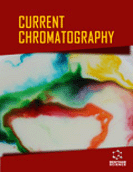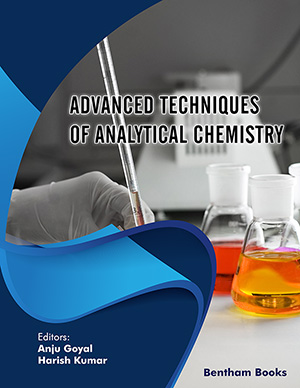Abstract
Background: Abiraterone acetate is a derivative of steroidal progesterone, used as a firstline therapy for metastatic castration of prostate cancer.
Objectives: The present study encompasses the design of an experiment approach for developing a simple, reliable, and rapid RP-HPLC method for the estimation of abiraterone acetate.
Methods: The chromatographic separation was efficiently conducted on a Hypersil Gold C18 (50 x 4.6 mm, 5 μm) HPLC column, using the mobile phase composition of acetonitrile: dibasic potassium phosphate (0.01 mM) in the ratio of 80:20 (%v/v) at pH 6.5 with an isocratic elution mode. Furthermore, the different force degradation study including hydrolysis, oxidation, thermal, and photolytic was performed for abiraterone acetate.
Results: The dynamic linearity was established in the concentration range of 0.5-10 μg/mL with r2 of 0.9998. Furthermore, the limit of detection and the limit of quantitation were 0.0978 μg/mL and 0.3260 μg/mL. The degradation of abiraterone acetate was shown in both acidic (54.16 ± 0.247 after 24 hrs) and basic conditions (35.06 ± 0.458 after 24 hrs). Furthermore, the developed method was successfully employed to quantify abiraterone acetate in bulk powder and the solid dispersion did not show any change in the retention time.
Conclusion: The developed method was validated according to the ICH Q2 (R1) specification, which was found to be sensitive, accurate, precise, robust, linear, and selective compared to the reported chromatographic method.
Graphical Abstract
[http://dx.doi.org/10.1345/aph.1Q758] [PMID: 22714819]
[http://dx.doi.org/10.1016/j.jsbmb.2013.06.002] [PMID: 23792785]
[http://dx.doi.org/10.1007/978-3-319-02387-8_5]
[http://dx.doi.org/10.1016/j.apsb.2013.11.001] [PMID: 26579360]
[http://dx.doi.org/10.1002/bmc.2776] [PMID: 22763809]
[http://dx.doi.org/10.1016/j.jchromb.2006.06.010] [PMID: 16809076]
[http://dx.doi.org/10.1016/j.jchromb.2015.03.001] [PMID: 25813901]
[http://dx.doi.org/10.1590/s2175-97902018000001006]
[http://dx.doi.org/10.1155/2015/868727]
[http://dx.doi.org/10.1155/2013/676501]
[http://dx.doi.org/10.1080/03639045.2017.1291672] [PMID: 28166428]
[http://dx.doi.org/10.1080/22297928.2019.1624193]
[http://dx.doi.org/10.1080/03067319.2019.1629585]
[http://dx.doi.org/10.25004/IJPSDR.2018.100306]
[http://dx.doi.org/10.13005/ojc/330349]
[http://dx.doi.org/10.1039/C8RA03379J]
[http://dx.doi.org/10.1016/j.jpha.2013.09.003] [PMID: 29403878]


















